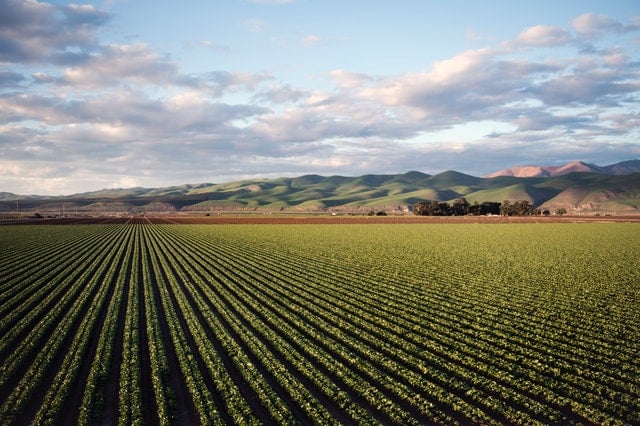If we learned anything in 2020, it was how to adapt to new circumstances and to develop new strategies to cope in our ever-changing world.
Farmers are not exempt from this challenge. If anything, their daily task of feeding the planet is harder than ever.
In recent years, with a growing world population, increasing soil degradation, and less arable acreage, farmers have also been tasked to grow more sustainably. They have increasingly turned to regenerative agriculture for long-term sustainability goals. Heavy use of nitrogen and phosphorous, pesticides and herbicides over the decades has fallen into disfavor and sentiment is now shifting toward greener and cleaner options like cover crops, crop rotation, no till, and nutrient management.
While not new to the conversation, the use of natural gypsum (Calcium Sulfate Dihydrate), is a lesser-known ally in the regenerative agriculture pursuit and is making a valuable contribution in the larger scope of soil health. Healthier soil naturally promotes better quality and larger crops and better pest management.
CSD application to soil naturally tackles several fronts in regenerative agriculture: soil health, water management, and carbon capture, while contributing no negative side-effects and a fairly rapid ROI.
Here are a few quick facts on gypsum use on farmland:
- Naturally contributes to greater biodiversity in soil for a healthy ecosystem.
- Flocculates clays in the soil to increase root and water penetration.
- Improves water infiltration and containment so acreage requires less irrigation, up to 30% less!
- Binds excess salt in soils and leaches them out, thus improving crop yields.
- With better water infiltration, there is better nutrient infiltration, as nutrients will ride along with the water. This reduces nitrogen and phosphorous requirements and prevents runoff into nearby waterways.
- Irrigation water often leaves a salty residue which impacts crop yield. Applying CSD will neutralize the salt, causing it to leach out, thus helping crop yields.
No one “magic bullet” fixes all problems on farmland, so a multi-pronged approach to healthy sustainability is essential. Not every method works for every farm, either, so selecting one cost-effective product that tackles various fronts is a smart way to start: EcoGEM®’s 3-in-1 Management System fits the bill. The Big Three in that 3-in-1 are soil health, water management, and carbon/greenhouse gas capture. Below are a few more benefits of using natural, OMRI-listed gypsum on farmland:
Soil Health: Remediate sodic and saline soils, minimize crusting and compaction, sequester heavy metals and eliminate aluminum toxicity. Improve porosity in soil, enhance fertilizer and water infiltration/containment, and provide needed macronutrients calcium and sulfur.
Water Management: The improved porosity enhances the infiltration of water during rainfall and irrigation. This can reduce irrigation water requirements by up to 30% and prevent the run-off of water, and fertilizers, post rainfall – minimizing algae blooms in nearby waterways.
Carbon/Greenhouse Gas Capture: Improved soils increase the organic material in the soil and this helps capture more carbon in the soil. Improved soil creates healthier and larger plants that also capture more carbon via photosynthesis.
Using EcoGEM®’s granulated, engineered gypsum is also simple—just spread on the soil surface and water thoroughly the first time, before planting. EcoGEM®’s agronomists can help you determine the amount and frequency of application based on a simple soil test.
To learn more about the importance of regenerative agriculture and how natural gypsum can play a role and re-join the regenerative agriculture conversation, contact EcoGEM® today.
(303) 500-6944
In future blogs, we will explore the role of gypsum in soil health, followed by blogs on water management and carbon/greenhouse gas capture

